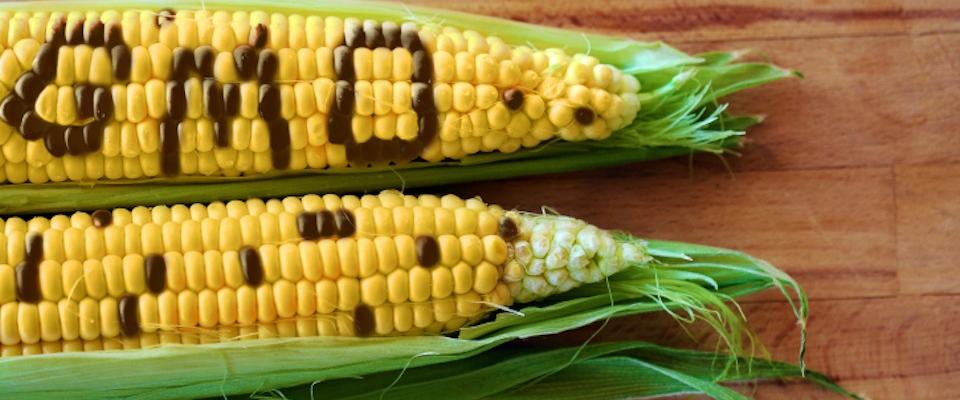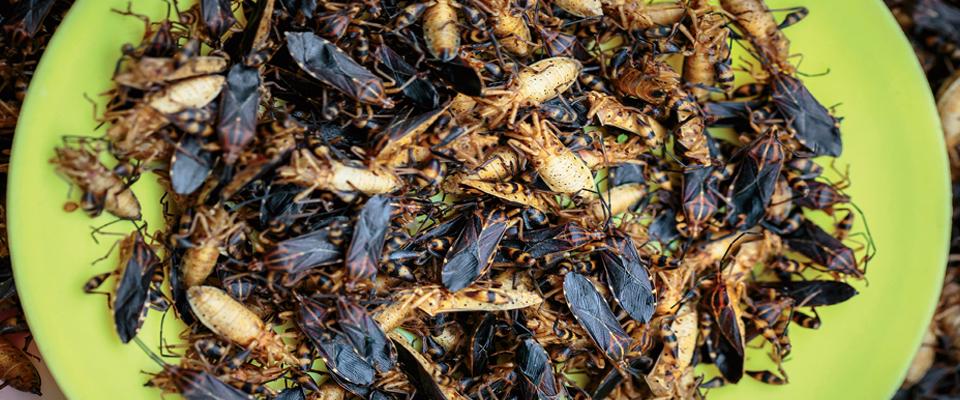“If you can’t beat ’em, eat ’em!”
That was UC Berkeley professor and ethnobotanist Tom Carlson’s advice to a crowd of 100 who gathered for a walk in the Berkeley hills to learn which weeds on the street—and in their backyards—could become ingredients in their next meal. The April 4 walk kicked off Wild Food Week, an effort to educate the public (via the walk and meals featuring the weeds at fancy restaurants including Chez Panisse, Cesar, Mission Heirloom and The Perennial) about how the very plants often regarded as nuisances could actually be nutritional assets.
Carlson, a medical doctor, and fellow Cal professor Philip Stark, chairman of the statistics department and a self-described “botanical rubbernecker,” have been conducting an inventory of the wild, edible plants that spring up in urban environments. They are particularly focused on neighborhoods in Berkeley, Richmond and Oakland that are considered food deserts because they lack healthy, affordable food options.
Curious? Here’s what it was like, from wild foraging to gourmet dining:
As California noted in our earlier report, although the project involves testing the gathered plants for toxins and harmful chemicals, Carlson and Stark hypothesize that any risks of urban foraging are outweighed by the potential health benefits.




















